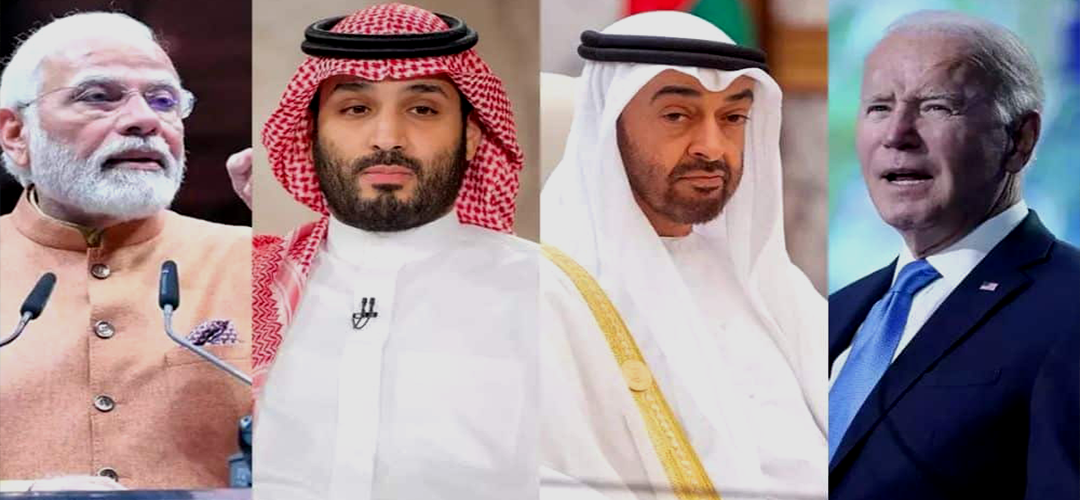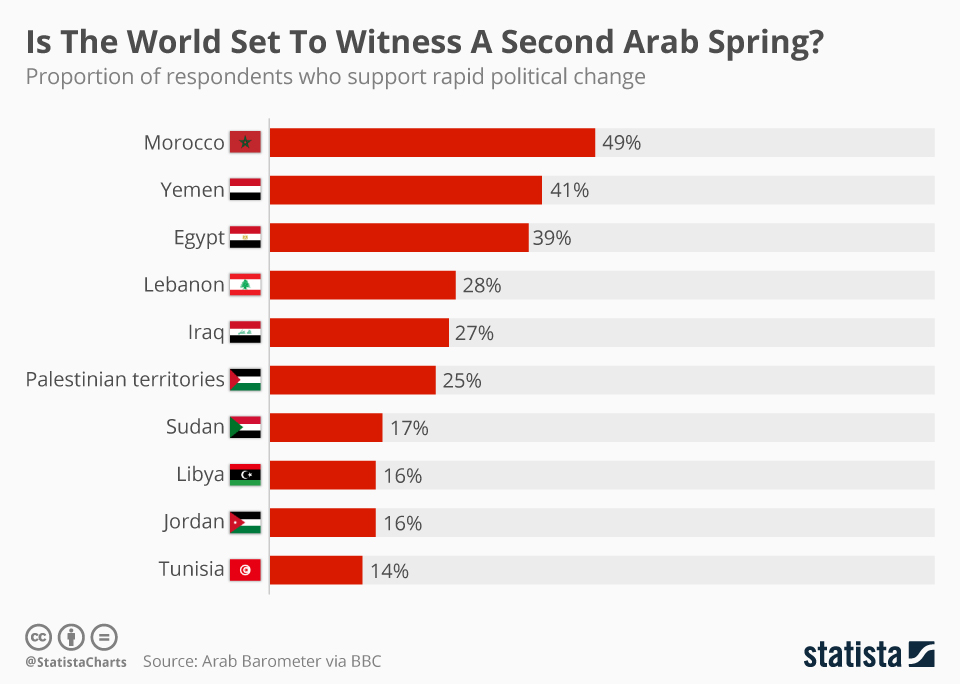NSA Conclave: a New Security Alignment?
May 12, 2023 | Expert Insights

The Middle East has been considered for a long time as a part of the extended neighbourhood of India.
This region has always eluded significant leverage from India despite hosting nearly 9 million Indians as guest workers for last so many decades. With great powers competing amidst themselves to wield the greatest influence in the oil-rich middle east, India stayed away from this contestation.
However, as India grows in comprehensive national power and international recognition, the Indian approach to the Middle East is undergoing a change.
The recent meeting of NSAs of India, Saudi Arabia, UAE and the U.S. was a pathbreaker and attracted much global interest. As per press reports, the subject discussed was using Indian expertise to bring about rail and sea connectivity to the Gulf Region, a move apparently to counter China's BRI. But why should the NSA’s discuss a commercial project leaves many questions unanswered.
Background
For most of the second half of the twentieth century, the Arab countries of the Gulf were wary of any kind of engagement with India.
There were a number of reasons for this. First was the international geo-political climate. The Cold War started to heat up as soon as India became independent. Third-world countries increasingly had to make a difficult choice at the time. They had to choose either of the superpowers as their main partner. What they could not afford to do was to sit on the sidelines. This is where India chose a different path in 1947.
It decided that it would follow a principled foreign policy of not supporting either the United States or the USSR in the merging Cold War. This won New Delhi respect in the global arena. But it also alienated India from other third-world countries who had already made their decision to align with either of the power blocs. The Arab countries in the Gulf and the Iranian monarchy under the rule of Mohammad Reza Shah Pahlavi were some of these countries. These states were conservative kingdoms. The greatest internal threat that they faced was from worldwide communism. So, they needed the United States and the broader Western alliance by their side. With the end of the Cold War global ideological differences were no longer a factor in Indo-Gulf relations.
When an independent state for the Muslims of South Asia came into being following the bloody partition of British India, this was welcomed by nearly all of the world's Muslim-majority nations. The emotional basis of this was the supposed solidarity between Muslims everywhere. However, there was also a geo-political rationale. Soon after its independence, Pakistan had a great feeling of insecurity. It felt threatened on both of its borders by India and Afghanistan, respectively. Islamabad was looking for an outside power to militarily support it. And the United States readily tried to bring Pakistan on its side due to its strategic location in the developing Cold War.
So, the Gulf Arab, along with the Shah of Iran, backed Pakistan during most of its wars with India. But geopolitic never stands still. The undercurrents of change were already underway. Islamic solidarity would prove to be a fallacious argument for these countries to base their relationship with Pakistan. It did not help Pakistan in winning any of its wars with India. Instead, Pakistan generously used Gulf money, especially from Saudi Arabia and financial assistance from the former Shah of Iran. In return, it failed to give back anything substantial. As a result, the confidence of the Gulf countries towards Pakistan began to fall. They came to realise that they could not put all their eggs in one basket in South Asia. India had to be a part of their engagement in the region one way or another.
Great changes have taken place in the Gulf nations, too, during this time, as a consequence of the Arab Spring and despite its apparent failure. When the Indian economy began to liberalise post-1991, it became a much more lucrative destination for the Gulf countries. Arab investors from the Gulf started showing their interest in India.
In the meantime, Pakistan had increasingly become a state with links to global terrorism. This terrorism was affecting every other country in the Middle East, especially those situated in the Gulf. These states were searching for a regional partner who could join them in the fight against this menace. Again, India turned out to be the logical option. They wanted to learn the lessons which India has got from its fight against terrorism.
India has also placed a special emphasis on a Look West Policy towards the Middle East. The main aim is to take India’s interaction with this region to the next level. The current dispensation in New Delhi is focused on a more well-rounded relationship that moves beyond energy dependence and cooperation on counterterrorism. Businesses in the Gulf are also looking at India now as a potential untapped market to be explored.
India has conducted joint naval exercises with both the UAE and Saudi Arabia. India is looking at the Gulf region as a stepping stone to Europe. Even though Pakistan has tried to use the supposed problems of the Muslim minority in India as a wedge between New Delhi and the Gulf countries, this has not worked. The Gulf States have full confidence that the Muslim minority in India is well protected and secure. They see a booming economy and a growing military in India, which will be a valuable partner in all respects. They are also interested in taking this relationship with India to the next level.

Analysis
This was mainly what this meeting in Saudi Arabia was about: a strategic outreach by India to the Gulf and the wider Middle East in tandem with the United States. Blindsided by Beijing in the recent Tehran-Riyadh deal, Washington wants to break out of its inertia and recover lost ground. It needs reliable partners with greater acceptability in the Gulf, and India fits the bill.
Another significant player in all this for Indian foreign policy calculations is Israel. Indo-Israeli relations have improved at a steady pace since official contacts were re-established in 1992. Now Israel has official diplomatic relations with two countries in the Arab Gulf, the UAE and Bahrain. This increases Israel’s strategic relevance for India. There is a growing convergence of interests between India, Israel and like-minded Gulf Arab countries. The growing strategic partnership between India and Israel cannot be entirely without America's silent approval. This again explains India's presence in this meeting as in the earlier effort to cobble together the I2U2 (Israel, India, UAE, U.S.) group that conclaved last year.
India is naturally wary of China's growing influence in the Arab Gulf and the Middle East as a whole. New Delhi has to engage deeply with the Gulf States, with which China has a strong relationship. The Indian economic model must be shown to be more attractive than its Chinese counterpart.
There is talk that this meeting of the NSAs heralds the development of a new Quad-like organisation. However, the Quad framework cannot be exactly replicated in this context, and a new arrangement has to be worked out among the concerned parties. A closer relationship between India and the Gulf Arab States is to be expected in the future. But New Delhi must be careful that it does not get caught up in any regional power struggle.
Assessment
- This meeting in Saudi Arabia is a good beginning for a greater Indian presence in the Gulf and the Middle East. For the Gulf countries, India is an alternative pole to China and the United States, a perception that India must work towards turning into a hard fact.
- Key areas where collaboration between India and the Gulf countries is likely to increase in the future are cooperation in intelligence sharing and joint security manoeuvres.
- Any trade connectivity between India and Europe through the Gulf will be beneficial to all three regions.








Comments